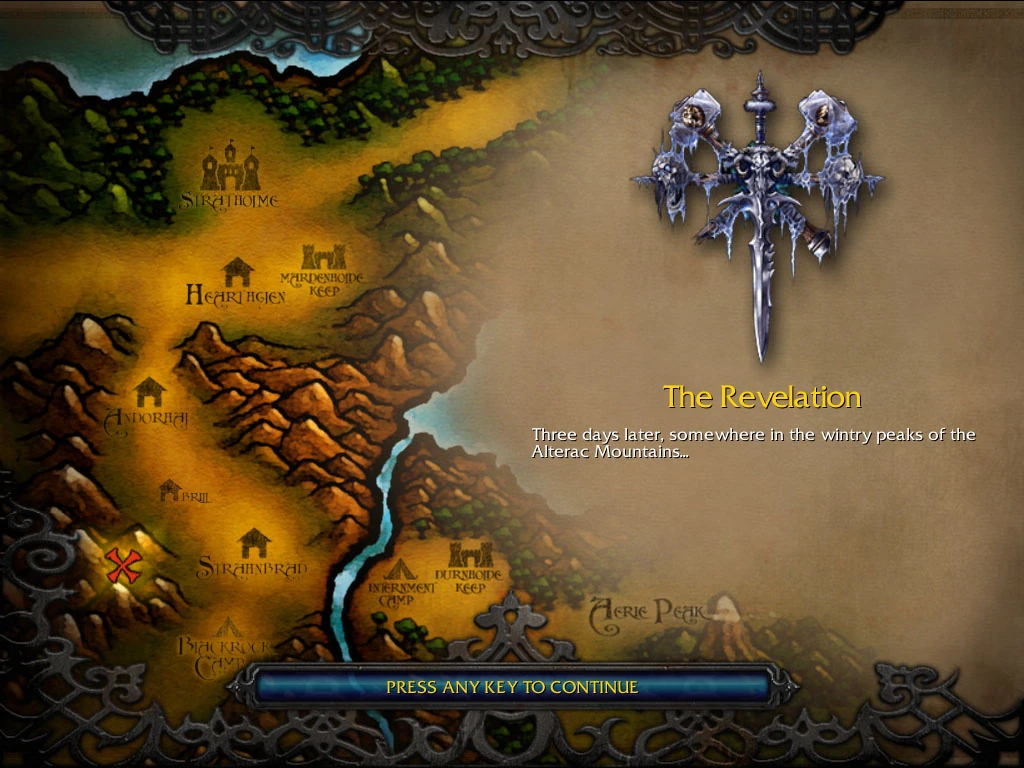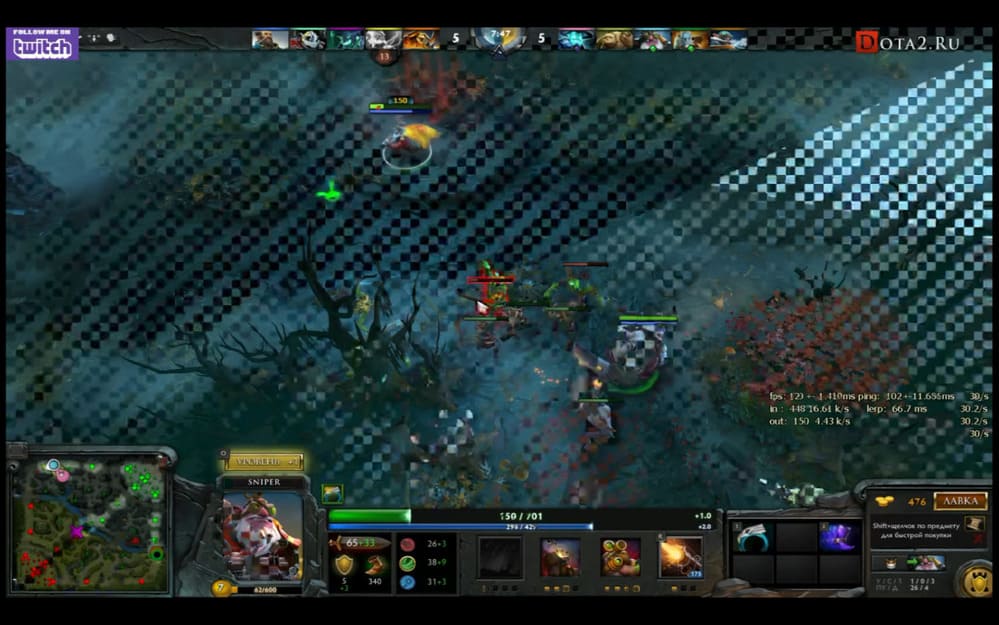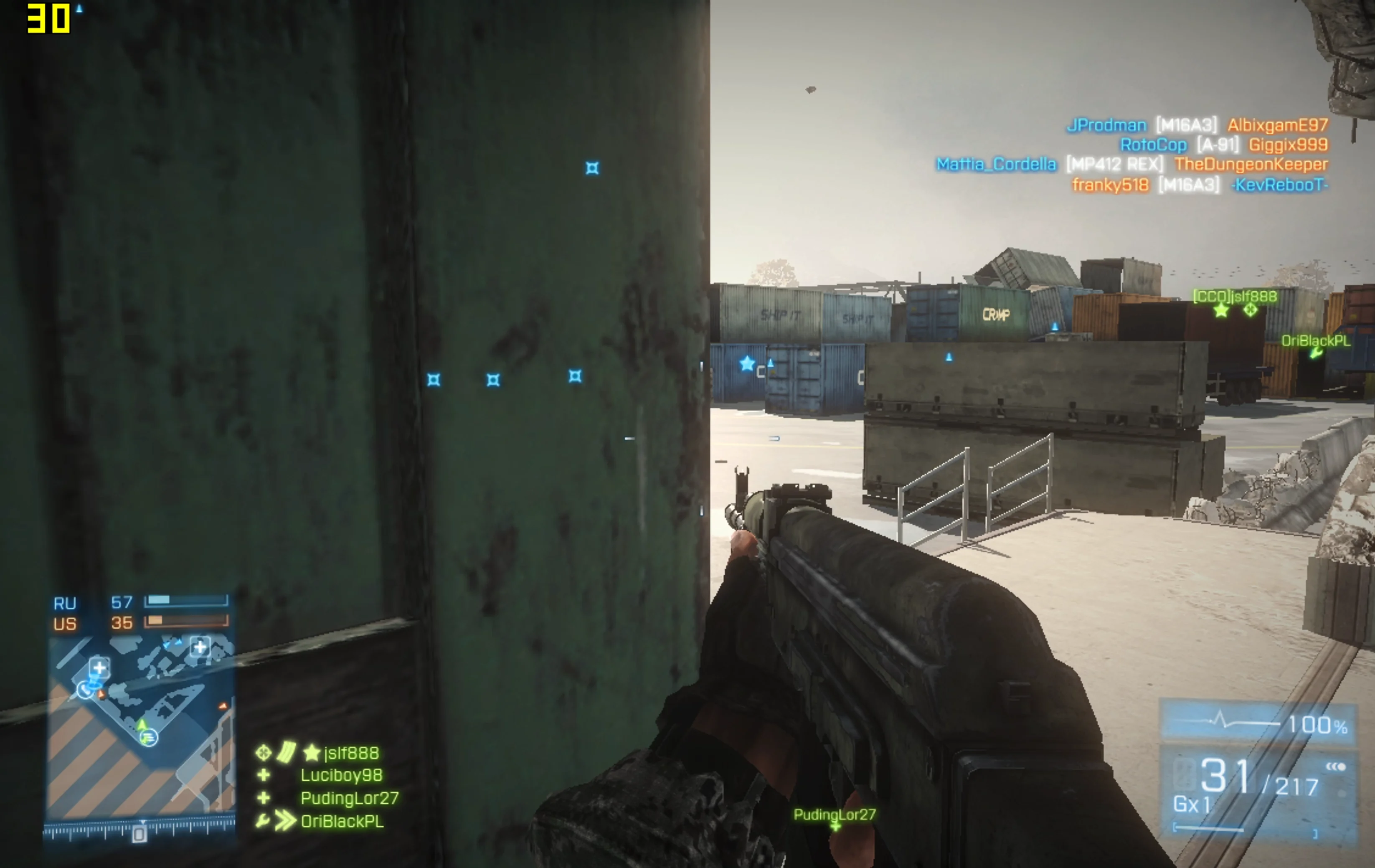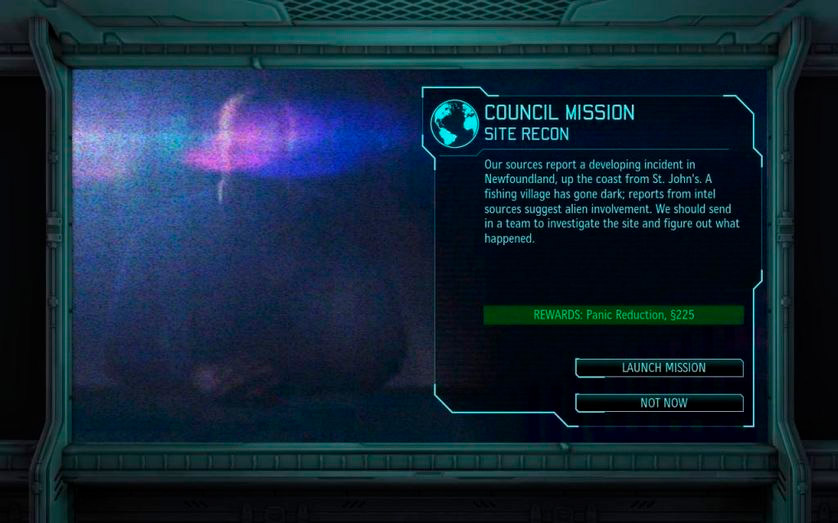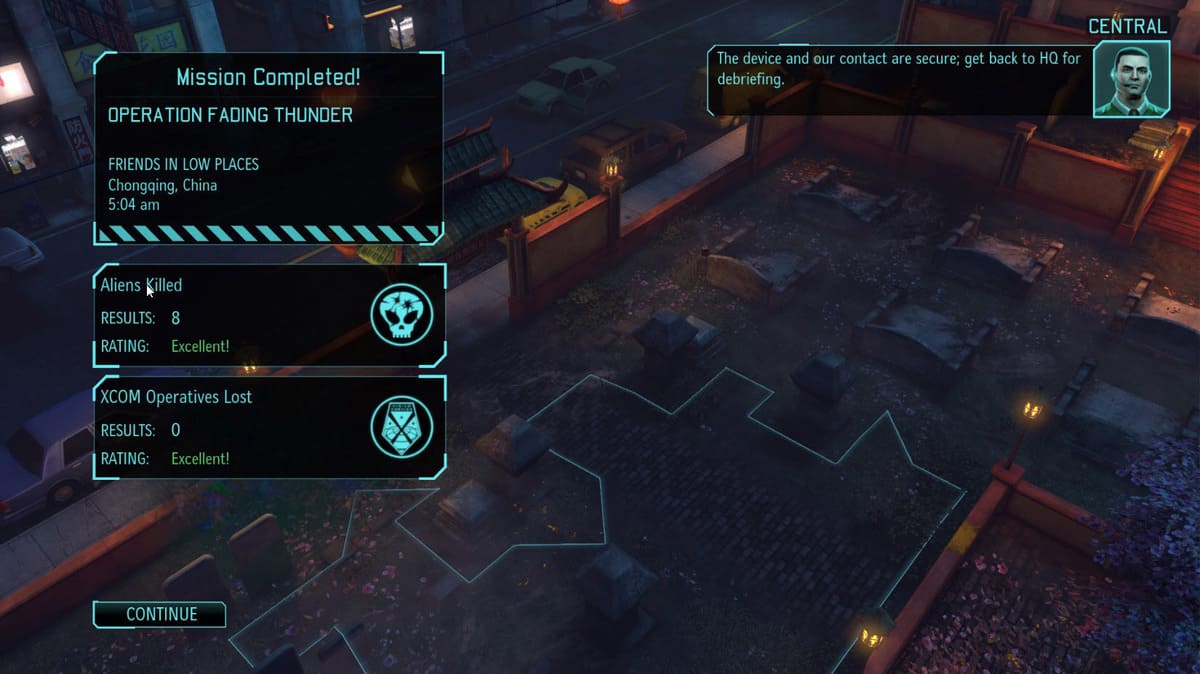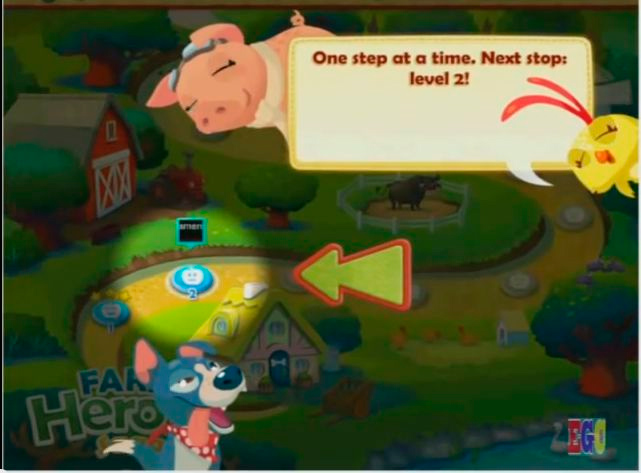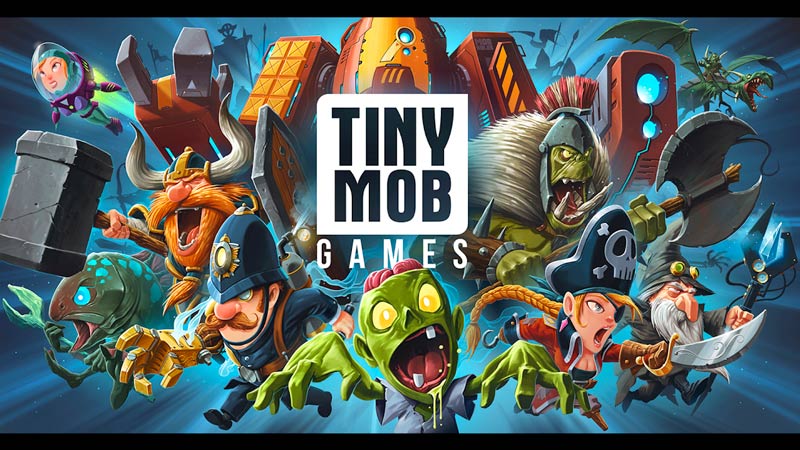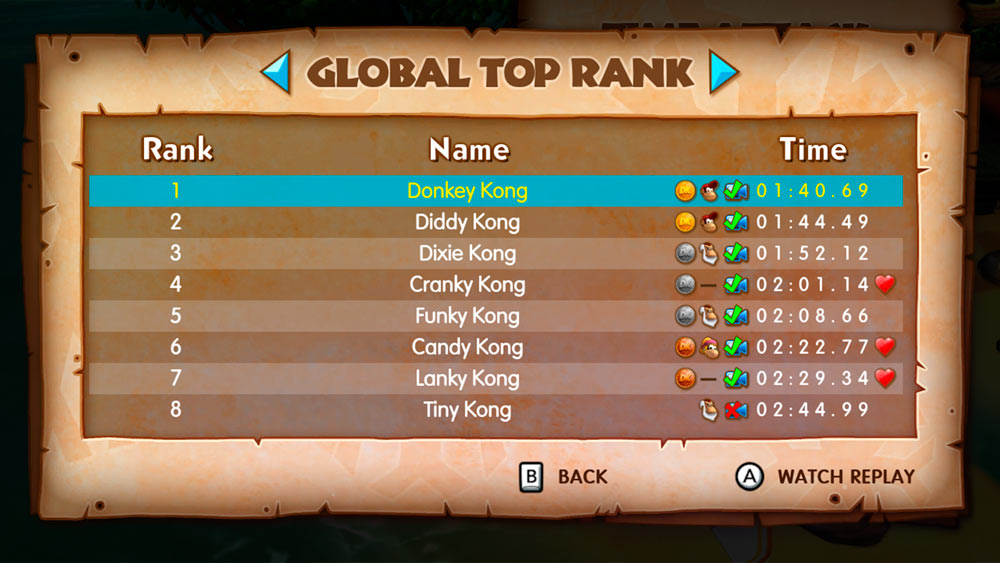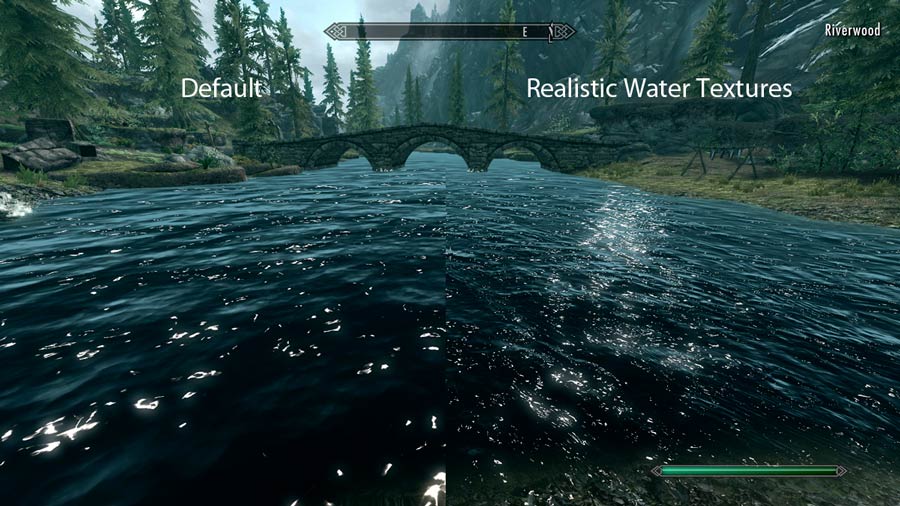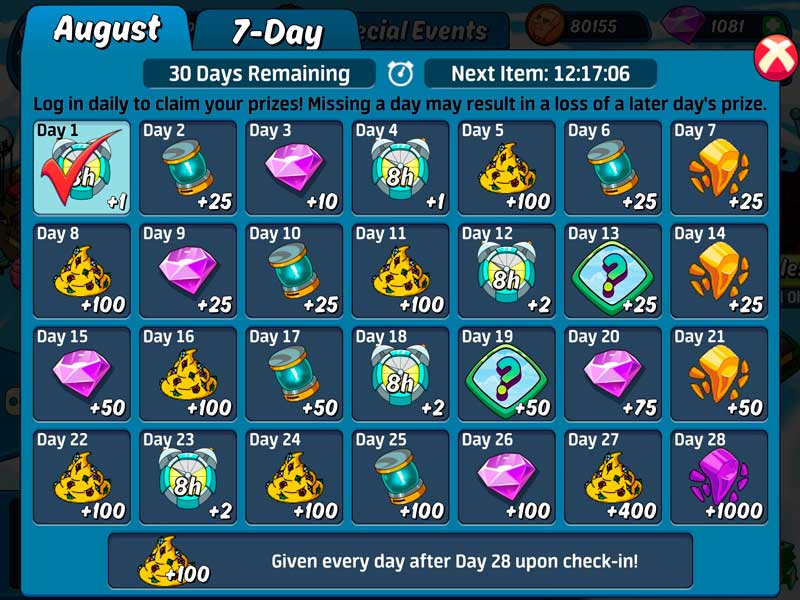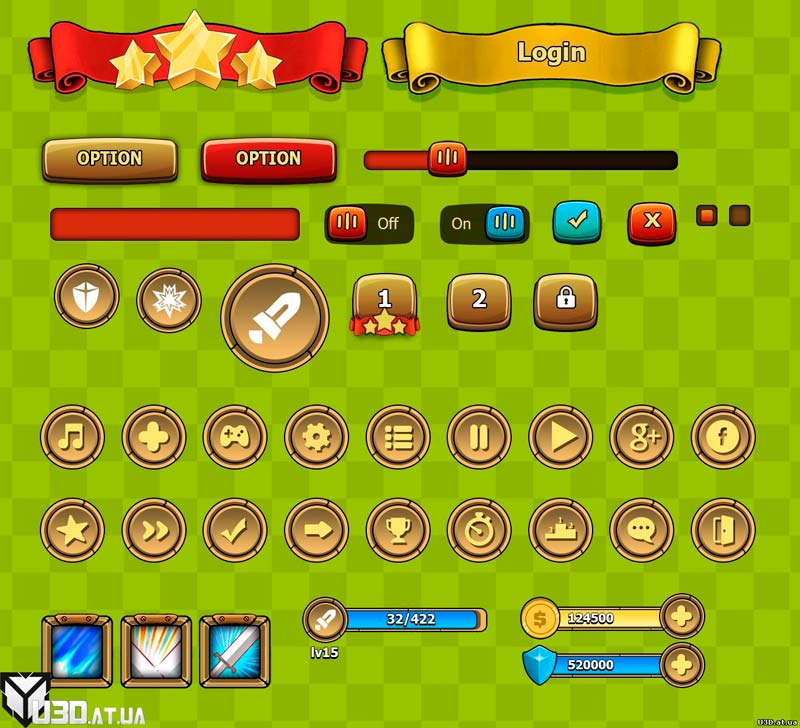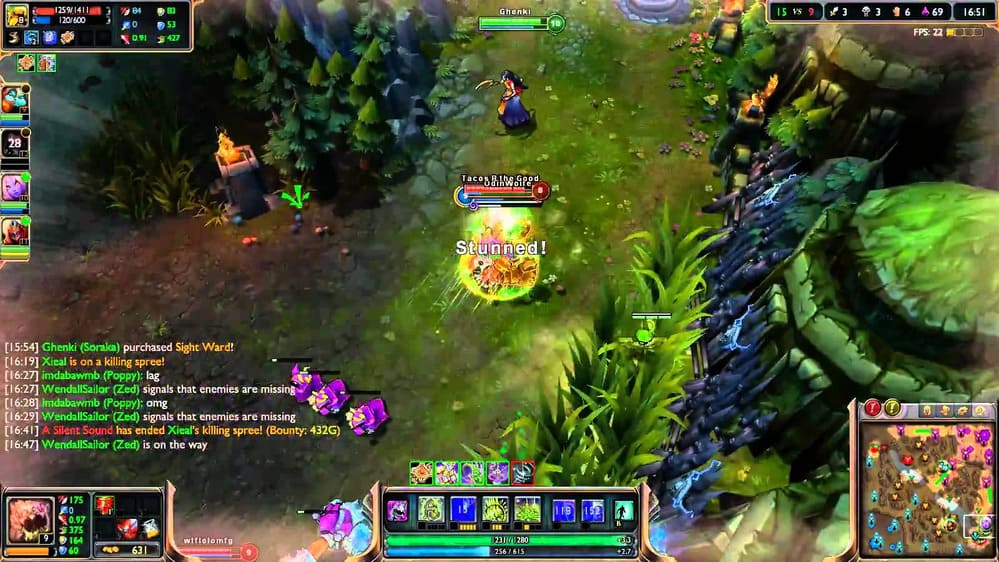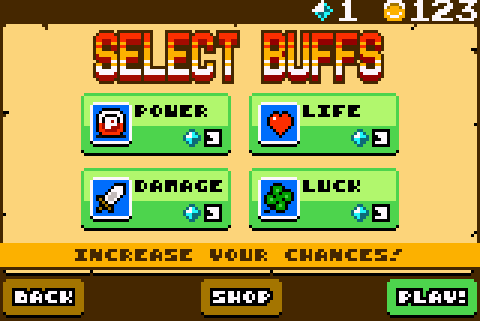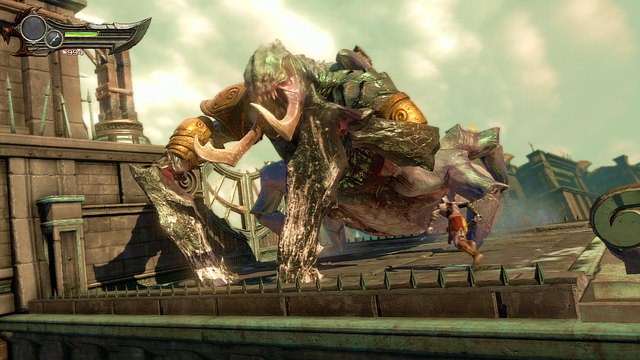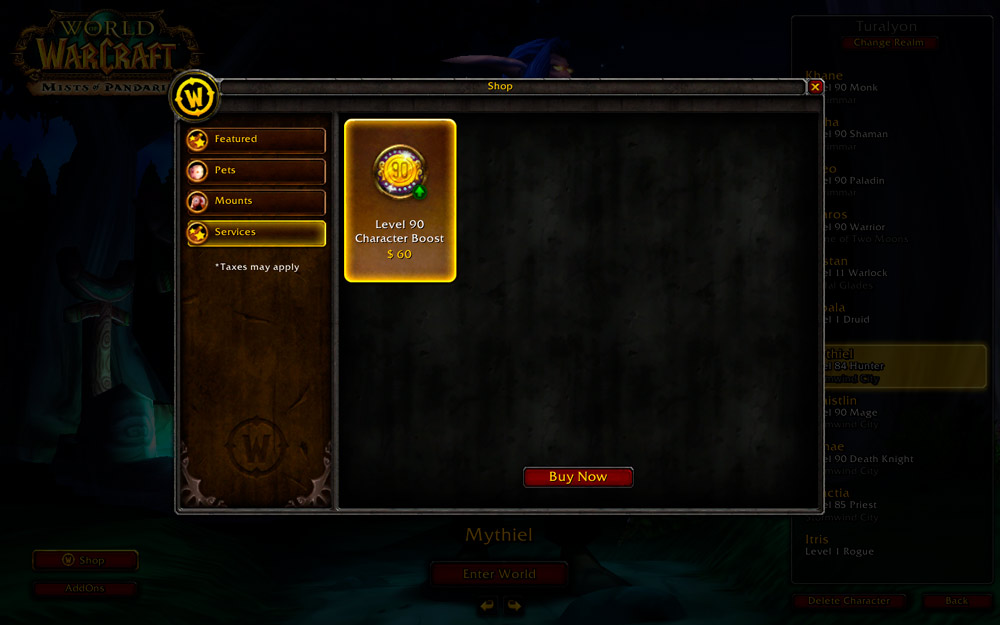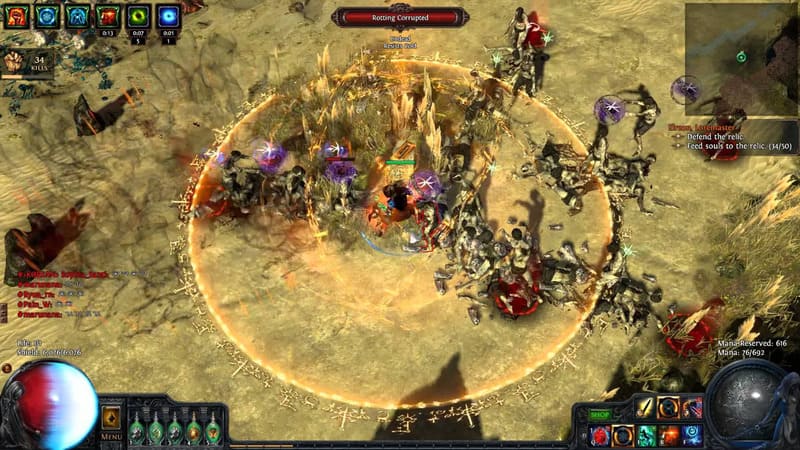Each sphere of testing is characterized by the presence of terms and notions. Game sphere is not an exception. In this article we will look through the most frequently used terms in game testing.
Short glossary of the gamer
- 29.11.2022
- Posted by: Admin

1. Account is a special profile in the database that interconnects the real person to their virtual belongings – characters, equipment, payments and additional options, etc.
2. AP, Up
1) Up – movement of the character to the next level;
2) AP (as Attribute points) – points that are spent to improve characteristics of the character;
3) AP (as Action points) – action points that can be used in games where characters have their turns to move;
4) AP (as Arena points) – points that are given after victory on the arena (mostly in Massively Multiplayer Online Games);
5) AP (as Attack/ability power) – attack or skill damage.
3. Hint is an element of the graphic interface that serves as an additional tutorial for the user. There are several types of hints:
- pop-ups appear when the cursor is placed on an object of interest or in the event of an unacceptable action (for example, entering a character's name with numbers);
- prompt at launch appears after launching the game and contains text about the features of the game (as a rule, at each launch, a different text is displayed for a complete familiarization with the game).
4. Loading screen is a picture (or a chain of pictures or even video) that appears after starting the game and showing on the screen while the game is loaded or initialized (it can also be present after starting a certain level)
5. Digital artifacts are unwanted and unexpected defects of the digital image. Depending on the information, there are two types of artifacts:
- visual – artifacts that consist of visual information, graphical artifacts, video artifacts and 3D-graphic artifacts;
- sound – audio artifacts.
According to the reason of the appearance, there are next artifacts to be distinguished:
- hardware artifacts – data damage due to hardware failure (processor, circuits, RAM chips, etc.). The reasons may be: overheating, physical damage, etc.;
- software artifacts – data corruption due to software failure. The reason may be bugs in algorithms (for example, due to codec bugs during encoding or decoding, artifacts may appear in video or audio);
- compression artifacts (compression) – artifacts can occur due to the use of lossy compression (for example, artifacts due to the use of JPEG and MPEG compression algorithms);
- aliasing – an effect due to which continuous signals are superimposed when they are discretized (in games it manifests itself in the form of pixelation).
6. Frames per Second (FPS) is an amount of frames per amount of time in computer games, television or cinema. In computer games, the frame rate is the frequency with which the game process updates the image in the frame buffer. Display of the frame rate can be enabled in the settings of the game itself, if such an option is not provided, then you can use additional software (for example, Fraps).
7. Briefing is a game window that is displayed usually before the start of a level. It contains a description of the level, as well as a list of tasks that the player must complete.
8. Debriefing is a game window that appears after completing a level. It contains a list of tasks completed and not completed by the player, as well as the number of points earned per level.
9. Tutorial is a training or a study guide. This is a step-by-step (step-by-step) explanation of any process, instructions for doing something. In games, this is a step-by-step acquaintance of the player with the main mechanics of the game.
10. Splash screen is usually the first thing the user sees on the screen. This is the image that appears after starting the game. Usually a logo or just a picture with information. But it is not always an image, it happens that it is just text, or there is no splash screen at all.
11. Cheat code is an ability to test individual parts of games (levels, locations, scenes), go to them without completing a large part of the game, and also add unlimited resources to characters (money, weapons, etc.).
12. Leaderboard is a list of players with the highest scores in the game.
13. 3D model – a geometric three-dimensional object in the game, consisting of points in space and polygons (faces) that form these points.
14. Texture is an image superimposed on the surface of a model to give it color, coloring, or the illusion of relief. Roughly, the use of textures can be easily imagined as a drawing on the surface of a sculptural image.
15. Gameplay is what distinguishes a computer game from such non-interactive forms of entertainment as books or movies. When watching a movie or reading a book, a person is only a bystander. In the case of gameplay, we get the opportunity to interact with the game, solving the tasks set by the game designer with the help of game mechanics.
16. Game Mechanics is a collection of rules and feedback loops designed to create enjoyable gameplay. They are building blocks that can be applied and combined with game and non-game contexts.
Examples of the game mechanics:
- quest – a task, completing which the player character or his group receives a reward;
- points – an effective quantitative value, which is given for some single action or for a combination of actions;
- combos – often used in games to reward the ability to make whole game combinations;
- community collaboration (CO-OP) – a game dynamic in which a whole community comes together to work together, solve a puzzle, solve a problem or pass a challenge;
- event – a non-standard event for the gameplay, which is expressed in the form of a special competition, a fair of special goods or the appearance of special mobs in places where they were not before. Usually, events are organized by the project administration before holidays or other significant dates, although they can be held by the players themselves - for example, an unofficial tournament or an organized mass attack on enemy positions;
- daily rewards – a reward for daily login to the game (not a mandatory element of the game).
17. Graphical user interface (GUI) is a type of user interface in which the interface elements (menus, buttons, icons, lists, etc.) are presented to the user on display in the form of graphic images.
18. Build is a final result of compiling the program with a unique build version number (for example, Android build 1835).
19. Chat is a tool for exchanging messages with other players in multiplayer games.
20. Away From Keyboard (AFK) is an abbreviation often used in chat. It literally means «away from keyboard» and means that the user will be away from the computer for a while.
21. Free to play (f2p) is a way of distributing computer games that allows the user to play without paying money. Game companies make money through microtransactions (in-game purchases). Buy to play (b2p) – is when the player needs to purchase the game, after which he gets full access to the content. Pay to play (p2p) is a model in the game that means that the player needs to purchase a monthly subscription to access the game.
22. Feedback is a reaction of the game to the actions of the player, transmitted to the player in a visual, audio or other forms (for example, broken glass and the characteristic sound when throwing a rock at a window).
23. Level design is a discipline in computer game development that involves creating levels for games – locations, missions, tasks, and other environments. This is usually done using a level editor designed for creating levels in games.
24. Computer animation is a type of animation created using a computer. Unlike the more general concept of «CGI graphics», which refers to both still and moving images, computer animation refers only to moving ones. Today, it is widely used both in the field of entertainment and in the industrial, scientific and business spheres. Being a derivative of computer graphics, animation inherits the same ways of creating images:
- vector graphics;
- raster graphic;
- fractal art;
- 3D computer graphics (3D).
25. Ban – is one of the methods of punishing users for violating the established rules. Usually, a ban is issued by the game administrator for rude communication with other users, bot driving, intentional use of bugs or hacks, unauthorized purchase of game goods or currency for real money, as well as other serious violations. The ban can be permanent or temporary, and the ban does not always completely block the account - sometimes restrictions are simply imposed on the use of some services.
26. Buffing imposes characteristics on the game character, which can be both positive and negative. Positive buffs are often used before significant battles to increase the combat capabilities of the group. Sometimes in MMO projects (Massively Multiplayer Online Game, MMO, MMOG - a network computer game in which a large number of players play at the same time) other users are buffed to express their sympathy. During organized combat in MMO projects, group buffing is usually the responsibility of one or more squad members. This allows the group to fight more effectively even during long battles. A person who can apply buffs is called a buffer.
27. Debuff is any negative effect on the player or mob that does not cause direct damage. Usually, for each parameter that can be improved by a buff, there is a debuff that lowers the value of this parameter. Typical examples of debuffs include reducing base stats, slowing or stopping a character, blinding, silencing, and reducing resistance to a certain type of damage.
28. Boss is a very strong opponent, usually encountered by the hero after completing a level or at the very end of the storyline. Usually, in order to defeat the boss, you need to make a lot of effort and find his weak points, which is not so common in modern projects lately. Often, one or more QTE sequences are required to defeat a boss. If several bosses are encountered during the course of the game, then each subsequent one, as a rule, becomes stronger than the previous one.
29. Boost is a phenomenon in which any characteristics increase. Using speed boosts in races, damage buffs, or power potions are all examples of boosts. Something that can produce this type of effect is called a booster.
30. Damage Per Second is an amount of damage a character can deal in one second.
31. Drop are items that drop from an enemy when you defeat him.
32. Artificial intelligence (AI) is a special part of the game's software code responsible for the actions of game characters controlled by the computer.
33. Lag is a delay in the operation of the game, which manifests itself in the form of a temporary suspension of the gameplay. Most often, lags occur either due to insufficient computer performance, or due to communication problems with the server. Constant lags in online games can be associated with a low speed of data exchange between the user's computer or the server, or the regional distance of the player from the server, due to which the value of ping increases.
34. Modification is a game modification that makes small changes to the gameplay or adds to it. Most often, mods are made by users, although sometimes developers provide post-release support for their projects by releasing official mods. Most often, the creators of projects themselves release tools for modding, but sometimes mods are created due to hacking of game resources.
35. Nerf is a deterioration of any characteristics in the new version of the game. Reducing tank damage, boss health, or armor stats are all nerfs.
36. Non-Player Character (NPC) is a non-game character controlled by a special program - AI. Usually, the NPC can communicate with the hero and this is one of the main possibilities of user interaction with the virtual world. NPCs are often asked to complete any task or provide a trade/exchange service.
37. АоЕ (Area of Effect) is a phenomenon where the effect of a spell or ability spreads over an area. A character swings a sword, throws a grenade, pours a hail of ice on the lawn - these are all examples of AoE.
38. Ping is a server response time to the sent command. Ping is very important in multiplayer games and characterizes the speed with which the transmitted information of the server affects the game world. It is measured in milliseconds. The smaller the value, the more enjoyable the gameplay will be. With too high ping values, it is almost impossible to enjoy the gameplay. Ping is affected by the quality of the channel and its load, as well as the speed of the server to the current number of active players.
39. Patch is a file that updates the game. Updates often include corrections of errors found after the release of the game. In addition, the patch often contains small changes to the balance and interface, and sometimes even new gameplay elements and additional content.
40. Player vs environment is a game based on the confrontation between users and virtual enemies.
41. Player vs player, unlike PvE, such game content is, on the contrary, based on the opposition of players: guilds, factions or groups.
42. Skill, talent is an ability of the hero of the game to do anything. Treatment, collecting herbs, starting plumbing - all this is a tree. Such skills can be both passive and active. They can evolve with the hero or be unchanged in strength.
43. Screenshot is a screenshot from a game or any other application. Screenshots can be created both with external applications (for example, FRAPS), and in some cases with the tools of the game itself.
44. Hit points (HP) are points of character’s health.
45. Experience points (XP) are points or experience.
46. Camera is an object that is the user's vantage point in games. In 2D games, the camera is also present, but it is orthogonal (no perspective distortion) and its direction is fixed.
47. Localization Testing is a process of checking the correct display of application texts in supported languages.
48. Lockit is a document provided by the developer that lists all application texts in all supported languages.
49. Umlaut in linguistics – various superlinear, sublinear, less often interlinear signs used in alphabetic and syllabic writing systems not as independent designations of sounds, but to change or clarify the meaning of other signs.
50. Xcode is an integrated software development environment for OS X and iOS, developed by Apple Corporation.



